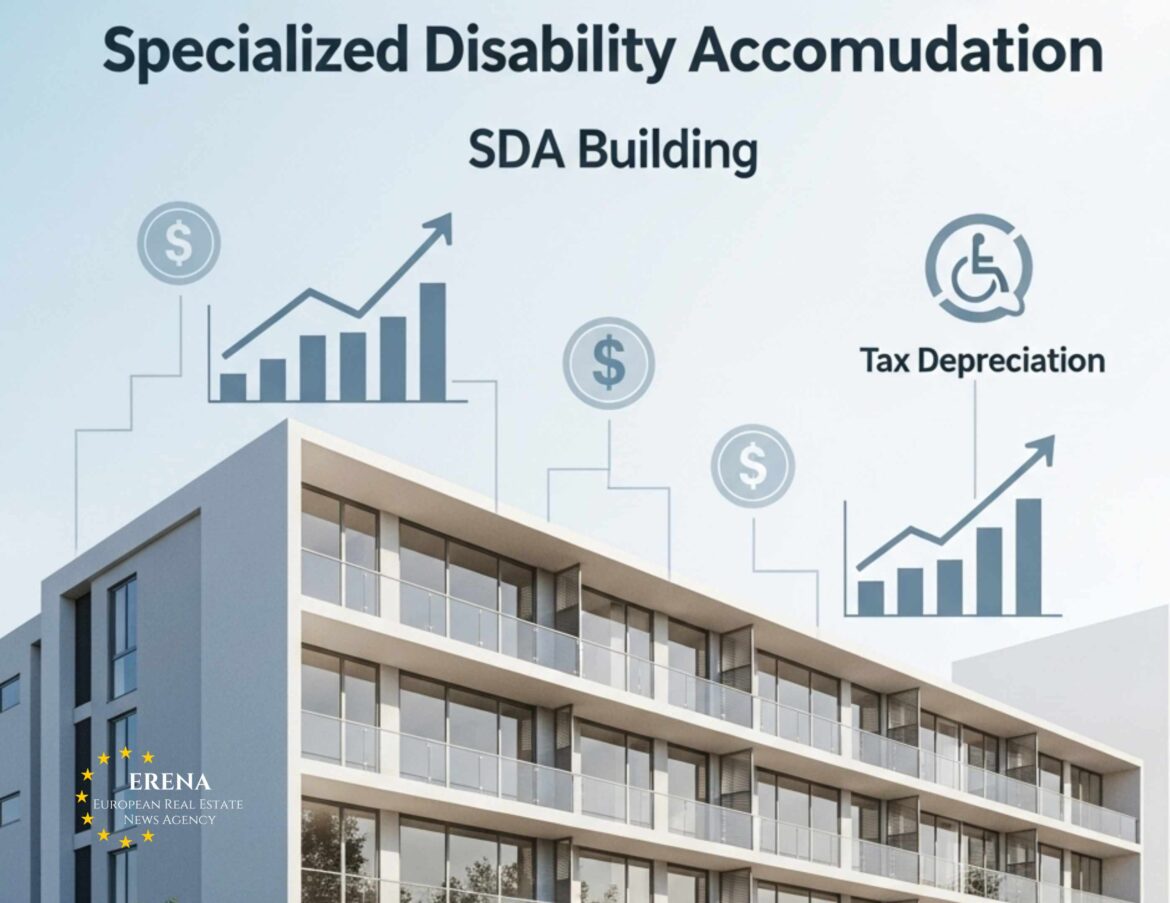In 2025, the market for Specialist Disability Accommodation (SDA) continues to grow as one of the most attractive investment sectors in Australia. In addition to high rental yields and government support, one of the key financial levers that investors often overlook is tax depreciation. Properly applied depreciation strategies can significantly increase net investment returns by reducing taxable income and enhancing overall ROI.
What Is SDA Housing?
SDA refers to specialized residential properties designed for individuals with significant functional impairments. These buildings must meet strict standards for accessibility, comfort, and safety. SDA housing is funded under the NDIS (National Disability Insurance Scheme), which ensures long-term and stable income streams for investors.
Basics of Property Tax Depreciation
Tax depreciation allows investors to claim deductions for the wear and tear of a property and its fixtures over time. In Australia, depreciation is generally divided into two main categories:
- Capital Works Deductions – usually claimed at a rate of 2.5% annually over 40 years from the date of construction completion.
- Plant and Equipment – includes items such as appliances, lighting, air conditioning, and security systems. The rate and period vary based on the asset’s useful life.
SDA properties are typically newly built or recently renovated, making them highly beneficial in terms of depreciation potential.
Why SDA Properties Offer Strong Depreciation Benefits
- High Construction Costs: SDA buildings require specialized materials and technologies, increasing the capital works base.
- Modern Equipment: High-tech features such as automation, life-support systems, adjustable beds, and smart technologies enhance plant and equipment claims.
- Government Standards: Meeting NDIS design standards often entails higher upfront costs, which translate to larger depreciation deductions.
How Depreciation Boosts Investment Returns
Depreciation reduces taxable income, which directly improves an investor’s net return.
Example:
An investor earns AUD 90,000 in annual rental income from SDA housing. Operating expenses total AUD 30,000. Without depreciation, the taxable income is AUD 60,000. If depreciation deductions total AUD 20,000, the taxable income drops to AUD 40,000—resulting in significant annual tax savings.
Role of a Quantity Surveyor
To claim depreciation, investors need a report from a qualified Quantity Surveyor. The surveyor will inspect the property, calculate depreciation for each item, and prepare a detailed report suitable for tax returns.
These services typically cost between AUD 500 and AUD 1,000, but the tax savings often outweigh the initial outlay.
Including Depreciation in Investment Strategy
Savvy investors account for depreciation when evaluating project profitability. This is crucial when comparing multiple SDA properties:
- Newer buildings yield greater depreciation
- High-tech properties increase the plant and equipment base
- Accelerated depreciation on some items speeds up ROI
Combining Depreciation with Other Tax Strategies
Depreciation can be integrated with other tax planning techniques:
- Negative Gearing: If expenses exceed income, the loss can offset other taxable income
- Capital Works Deductions: Claimed for buildings, improvements, and structural upgrades
- Tax Variation: Investors can apply to reduce PAYG withholding amounts in anticipation of deductions
Risks and Limitations
Despite its benefits, there are caveats to using depreciation:
- Depreciation lowers taxable income now, but may increase Capital Gains Tax (CGT) liability upon sale
- For second-hand properties purchased after May 9, 2017, plant and equipment deductions are unavailable to individual investors
- Overestimating depreciation or lacking formal reports may lead to audits or penalties—always obtain a certified report
Outlook for 2025 and Beyond
With growing government support for NDIS and a shortage of quality disability housing, demand for SDA properties is set to increase. New builds, in particular, offer maximum depreciation advantages.
Many investors are now integrating tax depreciation into their business models as a core component of SDA property investment.
Conclusion
Depreciation is a powerful tool for enhancing SDA investment profitability. When implemented correctly and in compliance with regulations, it can significantly reduce tax liability and improve cash flow. SDA remains not only a socially impactful investment but also a financially rewarding long-term opportunity.

